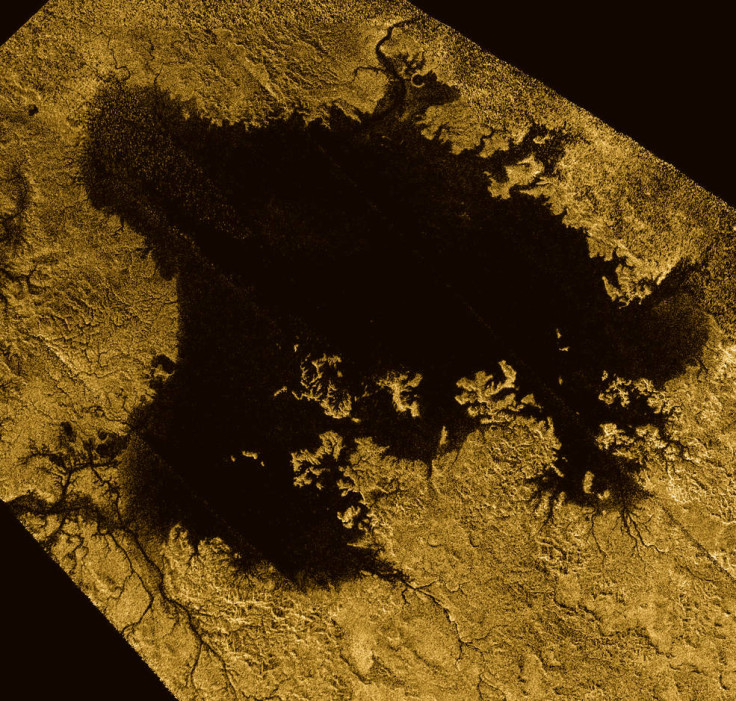Is Saturn's moon eerily similar to Earth? Nasa's Cassini finds Titan sea-levels just like our planet
The new findings showcase the incredible similarities between Titan and Earth.
Saturn's largest moon Titan is the only known planetary object in the solar system that has, like Earth, stable liquid on its surface. A new study, based on data gathered by Nasa's Cassini spacecraft, reveals that Titan has Earth-like sea levels. The new findings showcase how "eerily similar" the two worlds are, despite being located nearly a billion miles away from each other.
Scientists from Cornell University discovered that Titan's seas lie at an average elevation, just like Earth's oceans. Researchers said that between Titan's two seas "the elevation varied smoothly about 11 meters, relative to the center of mass of Titan, consistent with the expected change in the gravitational potential".
"We are measuring Titan's geoid. This is the shape that the surface would take under the influence of gravity and rotation alone, which is the same shape that dominates Earth's oceans," said Alex Hayes, lead researcher of the new study and assistant professor of astronomy at Cornell University.
However, the smaller lakes on Titan had elevation that were found to be several hundred feet higher than the moon's sea levels. According to Nasa, such high elevation lakes are also found on Earth. The highest lake, which can be navigated by ships – Lake Titicaca – is over 12,000 feet above sea level.
Titan's lakes are surrounded by high ridges that measure around hundreds of metres in some places that according to Hayes, "literally look like you took a cookie cutter and cut out holes in Titan's surface".
"The twist at Titan is that its lakes and seas are filled with hydrocarbons rather than liquid water, and water ice overlain by a layer of solid organic material serves as the bedrock surrounding these lakes and seas," Nasa said in a statement.
According to the new research, the elevation is important since Titan's liquid bodies seem to be connected under the surface, in the same way as an aquifer system on Earth would be linked. The moon's hydrocarbons appear to be flowing under its surface, not unlike the way water flows through underground porous rocks on Earth – allowing nearby lakes to communicate with each other and share a common liquid level.
The new study was published in the journal Geophysical Research Letters.







